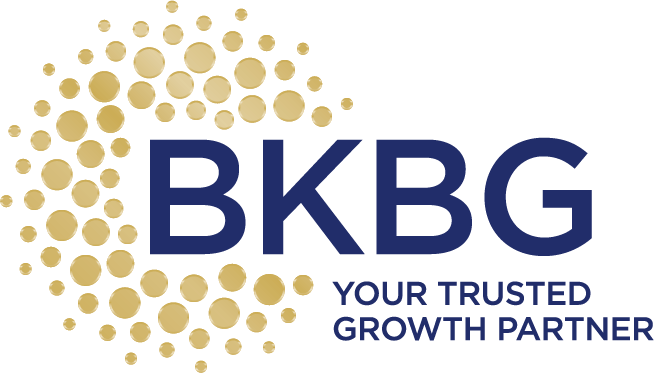The Risks of an Overextended Backlog

The remodeling industry is thriving, and many companies are experiencing longer backlogs than ever before. Some businesses have projects lined up for six months or more, while others have contracts stretching well over a year.
Having a full schedule provides financial security and peace of mind, but an extensive backlog isn't without risks. If not managed carefully, it can lead to unexpected challenges that impact profitability. Here’s what remodeling companies need to be aware of and how to safeguard against potential losses.
Changing Client Circumstances
Clients often sign contracts with enthusiasm, eager to begin their home renovations. However, life is unpredictable. A job change, financial setback, family emergency, or medical issue could suddenly derail their plans.
While it’s impossible to foresee every situation, you can prepare for the possibility of project cancellations or delays. One effective approach is to work with a legal expert to include a clause in your contract that ensures your company recovers costs incurred after signing. These costs might include:
-
Architectural plans and blueprints
-
Permit and inspection fees
-
Fees for specialists like soil engineers
-
Administrative work and project preparation
When finalizing a contract, take time to explain these terms to clients to ensure transparency and agreement upfront.
Rising Costs and Their Impact
The longer a project remains in the pipeline, the greater the risk of rising material and labor costs. Market fluctuations, inflation, and economic shifts, such as ongoing trade disputes, can all contribute to unexpected price increases.
To prevent these cost hikes from eating into profits, remodeling companies should take proactive measures:
-
Consult with vendors and subcontractors – Have open discussions about pricing stability and potential fluctuations. Understanding when and why costs might rise allows you to plan accordingly.
-
Include contract language addressing cost changes – Work with your attorney to define how cost increases will be handled. A best practice is for clients to cover additional raw material costs while maintaining the original profit margin, rather than passing on additional markups.
-
Identify high-risk cost areas – Pinpoint which project phases are most susceptible to price increases and address these concerns with clients at the time of signing.
-
Build a contingency fund – Incorporate a buffer into project estimates to accommodate moderate cost increases. This provides flexibility and minimizes the need to go back to clients for additional funds on minor cost adjustments.
Stay Ahead to Stay in Control
A long backlog can be both an asset and a liability. By anticipating potential setbacks, whether they stem from client circumstances or market shifts, you can protect your bottom line and keep projects on track. Being proactive allows you to maintain control, whereas reacting to problems as they arise may lead to financial strain. With the right strategies in place, you can navigate these challenges while maintaining profitability and client satisfaction.
